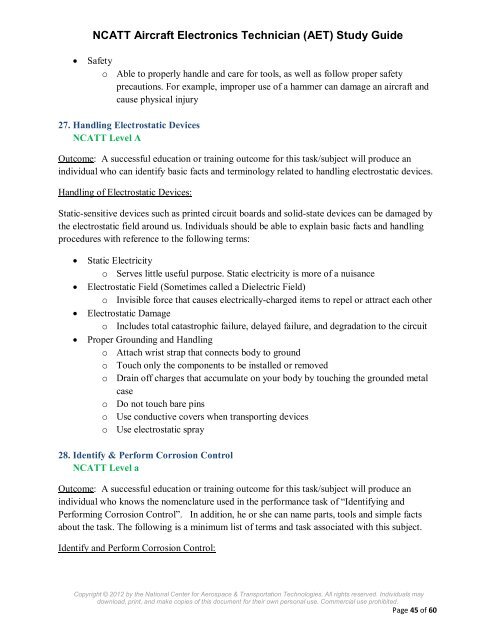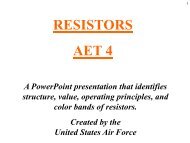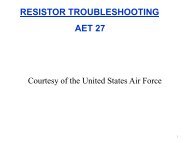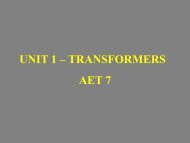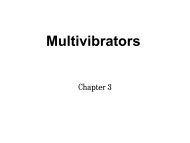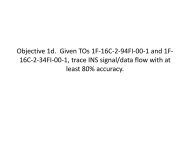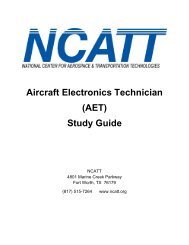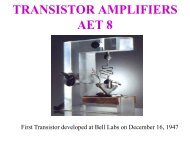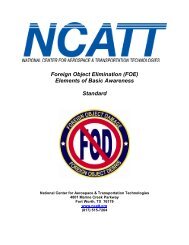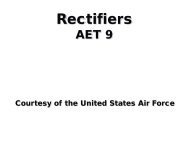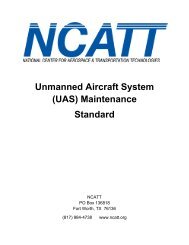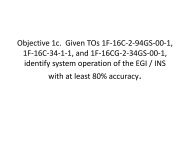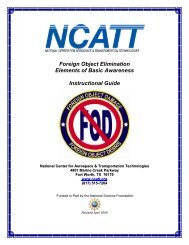Aircraft Electronics Technician AET - NCATT
Aircraft Electronics Technician AET - NCATT
Aircraft Electronics Technician AET - NCATT
Create successful ePaper yourself
Turn your PDF publications into a flip-book with our unique Google optimized e-Paper software.
<strong>NCATT</strong> <strong>Aircraft</strong> <strong>Electronics</strong> <strong>Technician</strong> (<strong>AET</strong>) Study Guide<br />
• Safety<br />
o Able to properly handle and care for tools, as well as follow proper safety<br />
precautions. For example, improper use of a hammer can damage an aircraft and<br />
cause physical injury<br />
27. Handling Electrostatic Devices<br />
<strong>NCATT</strong> Level A<br />
Outcome: A successful education or training outcome for this task/subject will produce an<br />
individual who can identify basic facts and terminology related to handling electrostatic devices.<br />
Handling of Electrostatic Devices:<br />
Static-sensitive devices such as printed circuit boards and solid-state devices can be damaged by<br />
the electrostatic field around us. Individuals should be able to explain basic facts and handling<br />
procedures with reference to the following terms:<br />
• Static Electricity<br />
o Serves little useful purpose. Static electricity is more of a nuisance<br />
• Electrostatic Field (Sometimes called a Dielectric Field)<br />
o Invisible force that causes electrically-charged items to repel or attract each other<br />
• Electrostatic Damage<br />
o Includes total catastrophic failure, delayed failure, and degradation to the circuit<br />
• Proper Grounding and Handling<br />
o Attach wrist strap that connects body to ground<br />
o Touch only the components to be installed or removed<br />
o Drain off charges that accumulate on your body by touching the grounded metal<br />
case<br />
o Do not touch bare pins<br />
o Use conductive covers when transporting devices<br />
o Use electrostatic spray<br />
28. Identify & Perform Corrosion Control<br />
<strong>NCATT</strong> Level a<br />
Outcome: A successful education or training outcome for this task/subject will produce an<br />
individual who knows the nomenclature used in the performance task of “Identifying and<br />
Performing Corrosion Control”. In addition, he or she can name parts, tools and simple facts<br />
about the task. The following is a minimum list of terms and task associated with this subject.<br />
Identify and Perform Corrosion Control:<br />
Copyright © 2012 by the National Center for Aerospace & Transportation Technologies. All rights reserved. Individuals may<br />
download, print, and make copies of this document for their own personal use. Commercial use prohibited.<br />
Page 45 of 60


